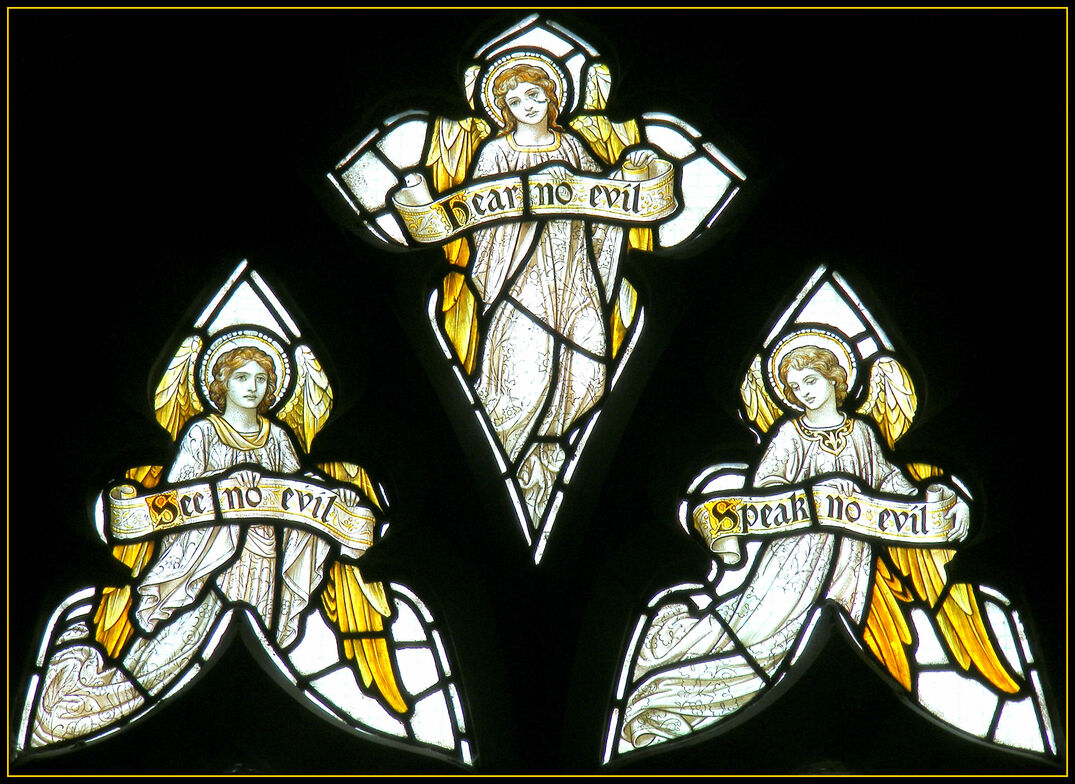
Three Wise Angels
Mary Magdelene: Healed, Respected, Friend of Jesus
On Tuesday, July 22, we celebrated the Feast of St. Mary Magdelene.
I have always been perplexed by the dichotomy that exists between popular notions that surround Mary—this young, beautiful, and seductive fallen women, who managed to attract even sin-less Jesus—and what the Gospels actually say about her.
Luke tells us that Mary was possessed by seven demons cast out by Jesus. (8.1-3)
Luke also tells us that Mary travelled with the disciples and other women, including Joanna, the wife of Herod’s steward Chuza, and a woman named Susanna, as well as many others remains at a distance from the cross. She waits out the sabbath and goes to Jesus’ grave to prepare his body.
She is first to receive the news of his resurrection from an angel; the first to take word back to the disciples, and the first to see and speak with the risen Christ.
Where then does the much less flattering popular view of Mary come from? How do we explain this difference from the real Mary of the Gospels?
The honest answer, I am afraid, has to do with the power of patriarchy in the church, and in society, generally.
Throughout much of our history, the Church and society have had difficulty with strong, independent women—and Mary certainly fits this category.
Certainly, the idea of women being among the closest followers of Jesus challenged the cultural norms of the day and would have been a cause of scandal—no genuine, respectable Jewish religious leader would include women among his disciples!
And how could the fathers of the early church justify their hold on power if a woman were really the apostle to the apostles?
And so, stories and myths about Mary Magdalene were invented—to discredit her position and reenforce male claims to power.
What does the real story of Mary have to say to us today?
First, it is a testament to the radical equality that shaped Jesus and his ministry.
Jesus had little time or patience for the artificial and unjust social expectations and constructs of his day. He gave little weight to gender, class, racial, ethnic, or religious background. Rather, he invited all people, despite the social divisions and boundaries of the times, to come follow him and join in building the kingdom of God.
The radical inclusiveness of Jesus’ invitation is evident in the fact that Mary, even though she had been possessed by demons, joins his company. As someone who had been possessed, Mary would have continued to be regarded as a pariah and a person to be avoided.
Mary stands for us then as a model of courage and faith, who regardless of how others viewed her, chose to leave her old life and all she had and follow her healer.
This would have been no small sacrifice given that she must have been a woman of some means to associate with women of position like Chuza and Susanna and be counted among the financial supporters of Jesus and the disciples.
Mary was clearly a friend of Jesus. Not only did he heal her, but he also accepted her among his followers, and it was to her that he chose to first reveal himself after his resurrection.
It might have been Peter or John or his mother Mary; it might have been any or all of the disciples. But it wasn’t--it was Mary Magdelene. I think this is significant.
One of the apocryphal writings of the early church presents Peter at odds with Mary: jealous of her wisdom and friendship with Jesus.
It thus makes sense, in a kind of twisted way, that the men who thought they were superior to women and wiser, should spread salacious stories about a woman who was clearly just as good as any man—at least in the eyes of their Lord and Saviour.
And perhaps, that is the most important thing we can take away from the story of Mary Magdelene: the understanding that, of all the men who ever lived on earth, there was one man—there is ONE man—who believes completely in the equality of women, in the importance of women, in the friendship of women: the man who healed Mary, who respected Mary, who regarded Mary as his friend—our Lord and Saviour, Jesus Christ.
Peace.
The Rev. Norman Knowles
